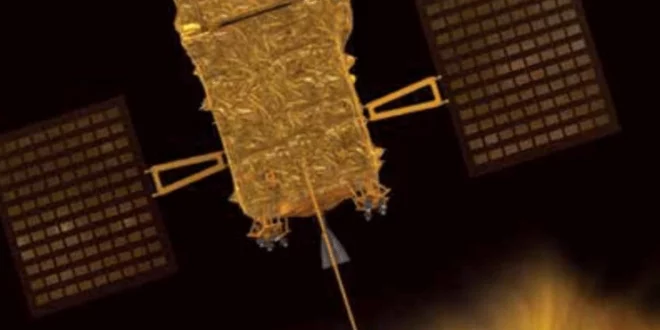New Delhi. India on Saturday launched its ambitious solar mission, Aditya L1. As it begins its journey to Lagrange Point 1, Europe has also come together to help (helping) it. The European Space Agency (ESA) is providing critical support to the mission in two ways. The first is to offer deep space communication services and the second is to assist with the validation of the new flight dynamics software developed by the Indian Space Research Organization (ISRO).
Communication is an important aspect of every space mission. Without ground station support, it becomes impossible to collect any scientific data from the spacecraft or even ascertain its location and safety status. To this end, ESA is leveraging its global network of deep space tracking stations and internationally recognized technical standards to assist ISRO.
Cooperation received from space agencies
“For the Aditya-L1 mission, we are providing support from our 35 meter deep space antennas located in Australia, Spain and Argentina,” said Ramesh Chellathurai, ISRO’s ESA service manager and ESA cross-support liaison officer. Additional support is being provided from their Kourou station in French Guiana and coordinated support is being provided from the Gonheili Earth Station in the UK.
ESA will continue to support the mission from inception to completion, including the critical ‘Launch and Early Orbit Phase’, the journey to L1, and the transmission and reception of science data from Aditya-L1 over the next two years of regular operations. Is. Aditya-L1’s journey to L1, one of the ‘unstable’ Lagrange equilibrium points, is not straightforward.
Instead, ISRO operators will perform a ‘transfer manoeuvre’ similar to what ESA recently executed to move its Euclid telescope to L2. This maneuver was performed shortly after launch, as the amount of fuel required to achieve the required trajectory increases rapidly over time.
Spacecraft will reach L1 after 125 days
The spacecraft is expected to reach L1 approximately 125 days after launch. To maintain a spacecraft in orbit around L1, operators need to know where their spacecraft has been, is, and will be. This process, known as ‘orbit determination’, is done with the help of specially designed software. ISRO has developed new orbit determination software for Aditya-L1, which was validated with the assistance of ESA.
From April to December 2022, the ESA and ISRO teams worked together intensively to challenge ISRO’s strategy for operating Aditya-L1 and their new orbit determination software. The results of this exercise were extremely valuable to both ESA and ISRO, and both teams are confident in the capabilities of ISRO’s software.
 Indian Thought Latest News & Views
Indian Thought Latest News & Views



